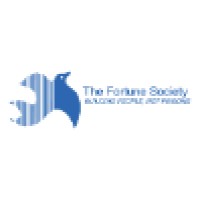
The Fortune Society
The Fortune Society’s mission is to support successful reentry from incarceration and promote alternatives to incarceration, thus strengthening the fabric of our communities. We do this by: - BELIEVING in the power of individuals to change; - BUILDING LIVES through service programs shaped by the needs and experience of our participants; and - CHANGING MINDS through education and advocacy to promote the creation of a fair, humane, and truly rehabilitative correctional system.






